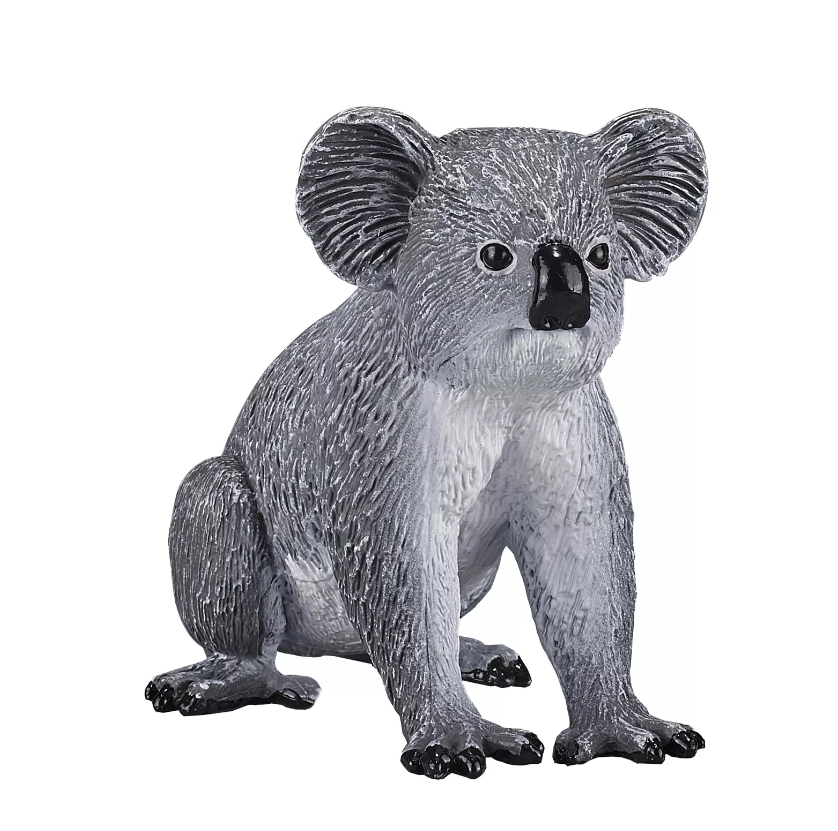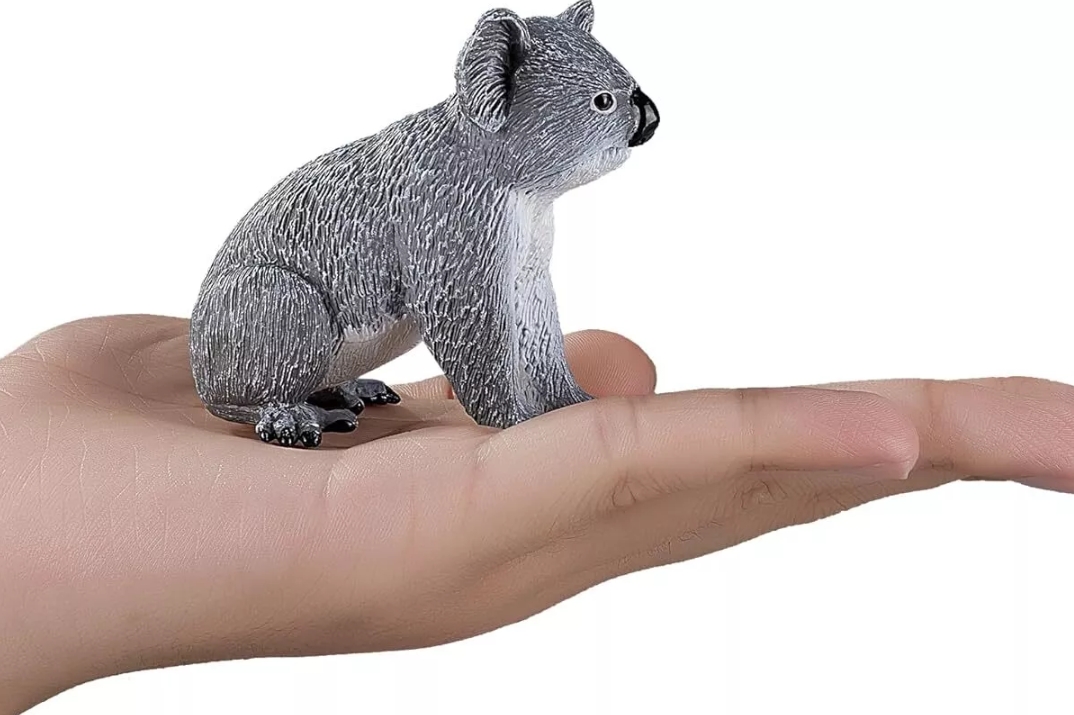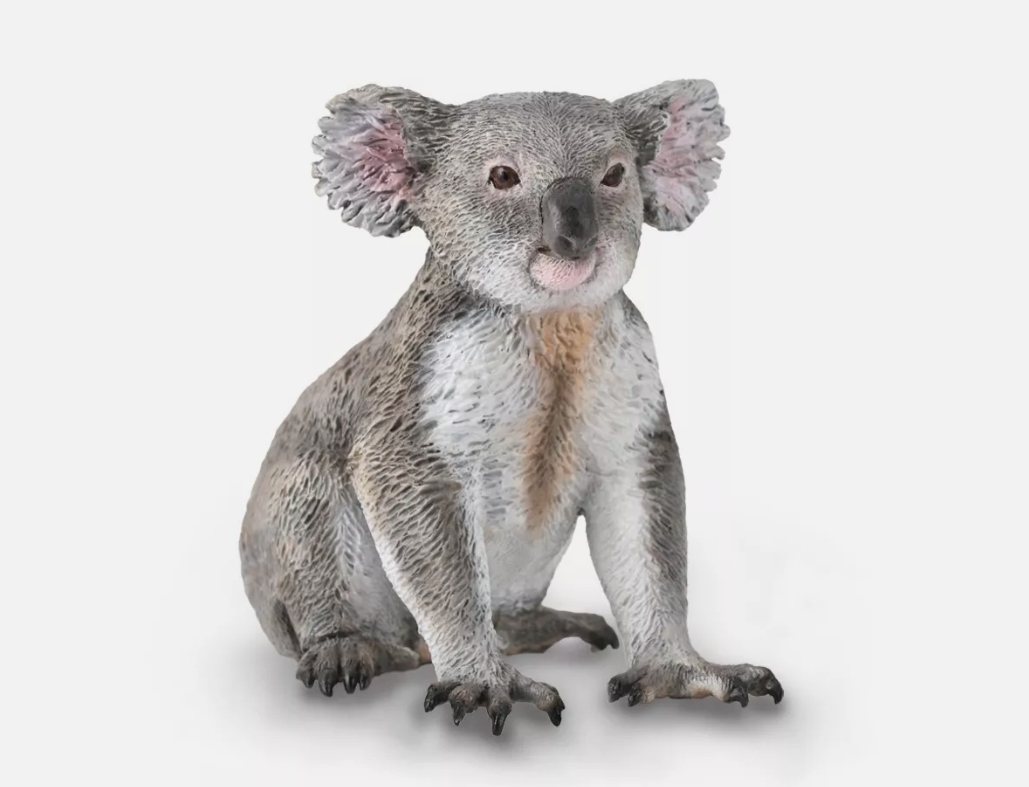The Koala model is a framework for analyzing and optimizing complex systems. The model has been widely welcomed for its simplicity and flexibility, especially in areas such as decision support and resource allocation. By breaking down complex problems into simpler subproblems, the Koala model enables the analyst to understand the mechanism of the system more easily, thus improving the effectiveness of decision making.
The core idea of the Koala model is to graphically show the relationship between the different elements clearly. This graphical representation not only helps to identify key variables, but also reveals how they affect each other. For example, in a system involving multiple decision variables, the Koala model can clearly show how changes in one variable will affect other related variables.
When building a koala model, there are usually several key steps that need to be taken. First, identify the main components of the system. These components can be actors, resources, or environmental factors. Next, you need to identify the interrelationships between these components, including causation, dependency, and feedback loops. In this way,the koala model is able to paint a full picture of a dynamic system,highlighting the complex interactions involved.
The koala model has a wide range of applications. It can be applied not only to the fields of economics and social sciences,but also to many fields such as ecosystems,biomedicine and engineering design. When conducting systems analysis,the Koala model provides a clear framework to help analysts extract core insights in complex data environments.
Although the koala model has achieved remarkable results in both theory and practice,it needs to be applied with caution. The accuracy of a model often depends on the quality of the input data and reasonable assumptions about the behavior of the system.




